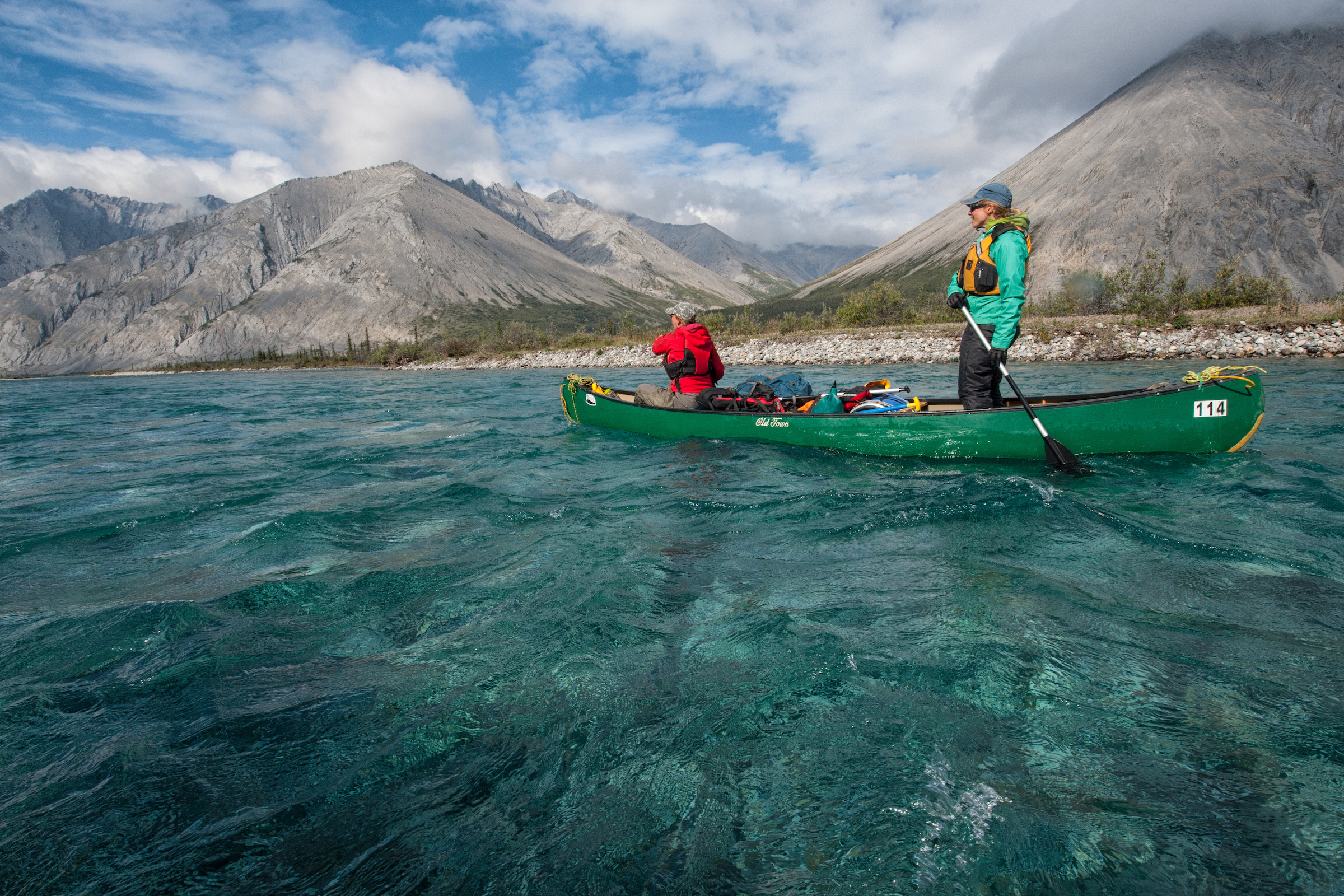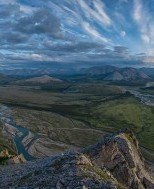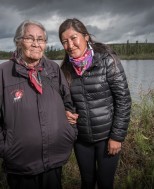For Sustainable Economic Development
The land use planning process for the Peel Watershed revealed that Yukoners value the ecological and cultural aspects of the Peel above its mining potential. In its recommendation, the planning commission was able to strike a balance by allowing for 20% industrial development, but it found that any additional resource extraction would fundamentally jeopardize those characteristics that people had identified so strongly.
Resource industries such as oil and gas and mining can bring wealth and employment, but often the benefits are overstated and accrue primarily to outside interests rather than local communities. Mining can also leave behind environmental scars – something as simple as a road can alter habitat and wildlife habits forever. To give nature the room it needs to breathe, we must leave some spaces off limits to industry, especially those with high ecological and cultural value. The Peel Watershed is one of those spaces.

By implementing the Final Recommended Plan to protect 80% of the watershed, we can create a balanced future for nearby communities through sectors that make use of nature without damaging it.
Protected areas contribute to the local economy by ensuring clean air and water, as well as plentiful fish and wildlife to sustain traditional fishing, hunting and trapping practices. A conservation focus also generates economic opportunities through wilderness tourism.
Tens of thousands of people travel within the Yukon and from afar every year to explore its natural beauty. Intrepid paddlers, trekkers and hunters value the Peel for its remoteness and its unspoiled splendour. To experience the Peel, they require guides, equipment, food, accommodations, travel and a range of other services that can create local business and employment opportunities, particularly for First Nations. Research, conservation management and ecological monitoring can also provide ‘green jobs’ in a globally significant region like the Peel.

While a national or territorial park in the Peel is not being proposed at this point, protected areas open many possibilities for communities to grow sustainably, to have control over their own economic development and to benefit from their expertise. In Canada and around the world, there are emerging examples of Indigenous leadership in protected areas. The Peel could be the Yukon’s chance for a progressive approach to address conservation, reconciliation and economic development altogether.






